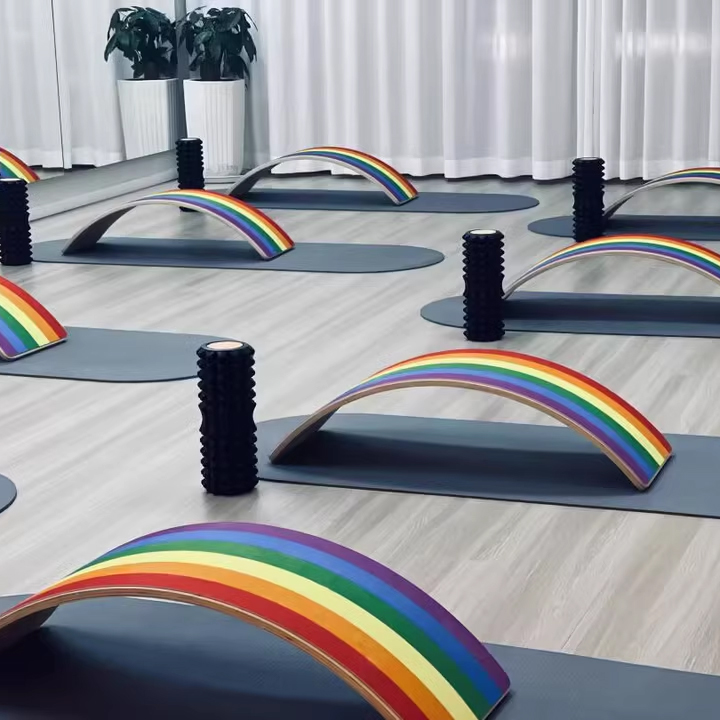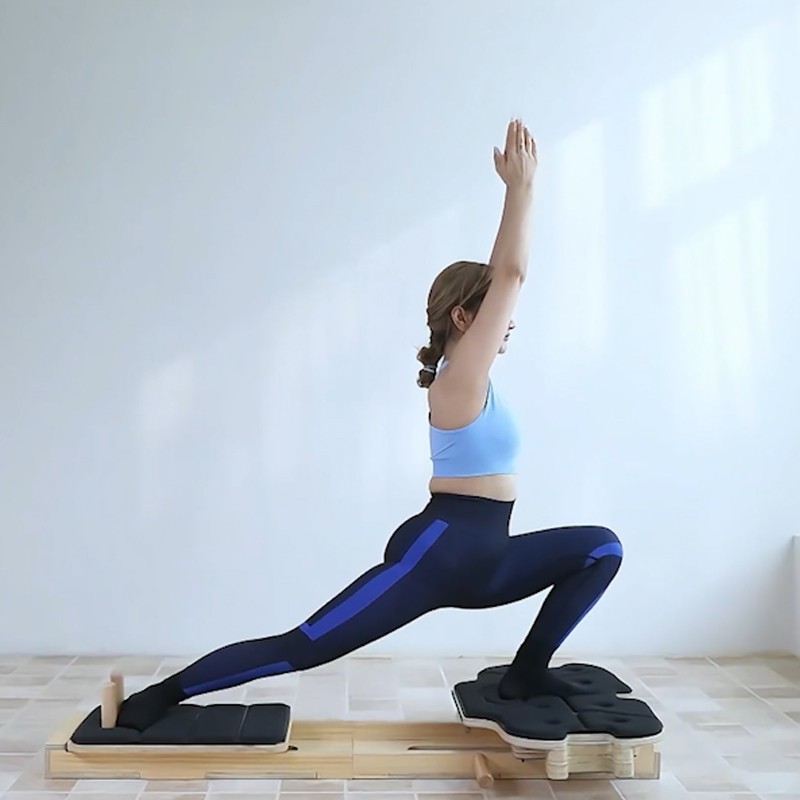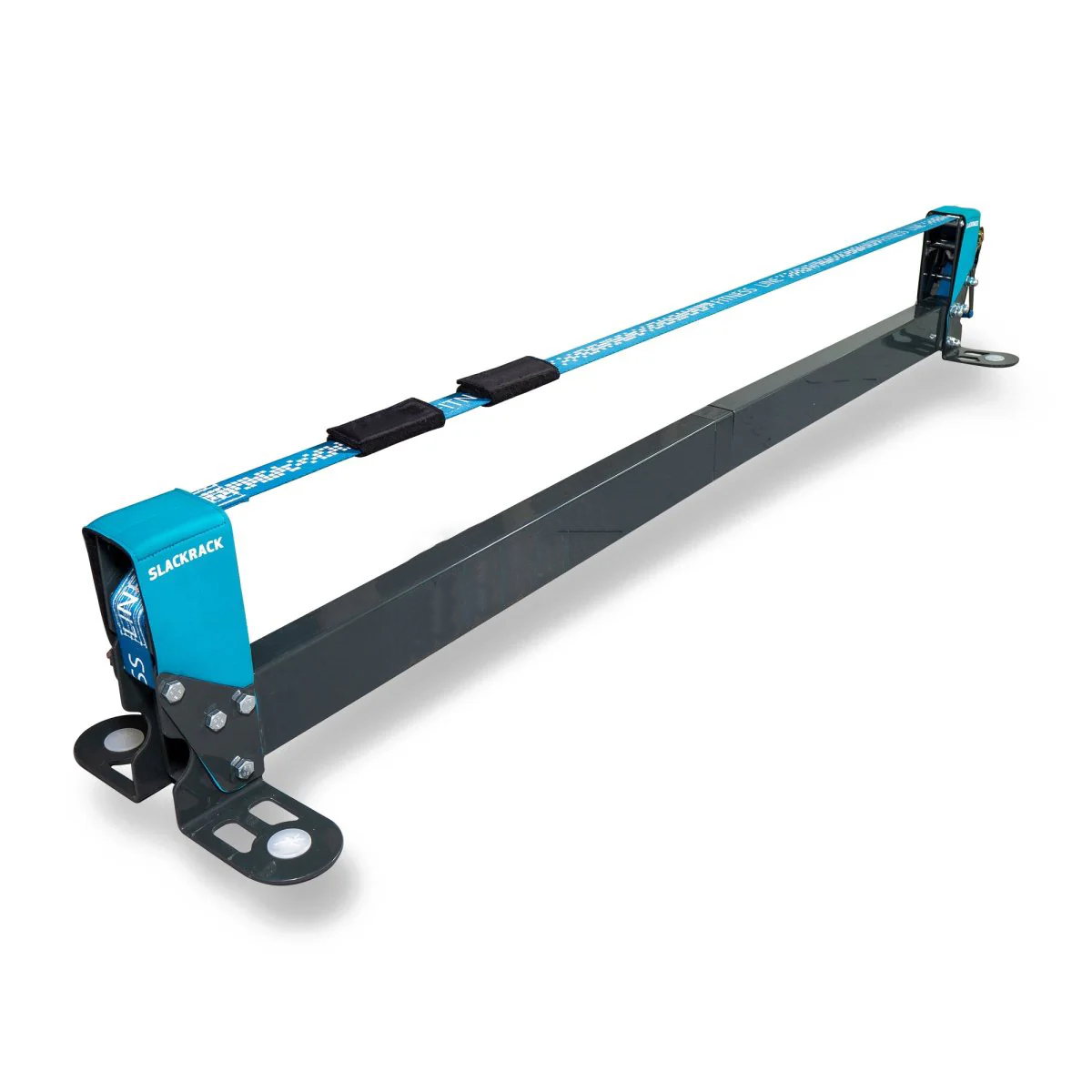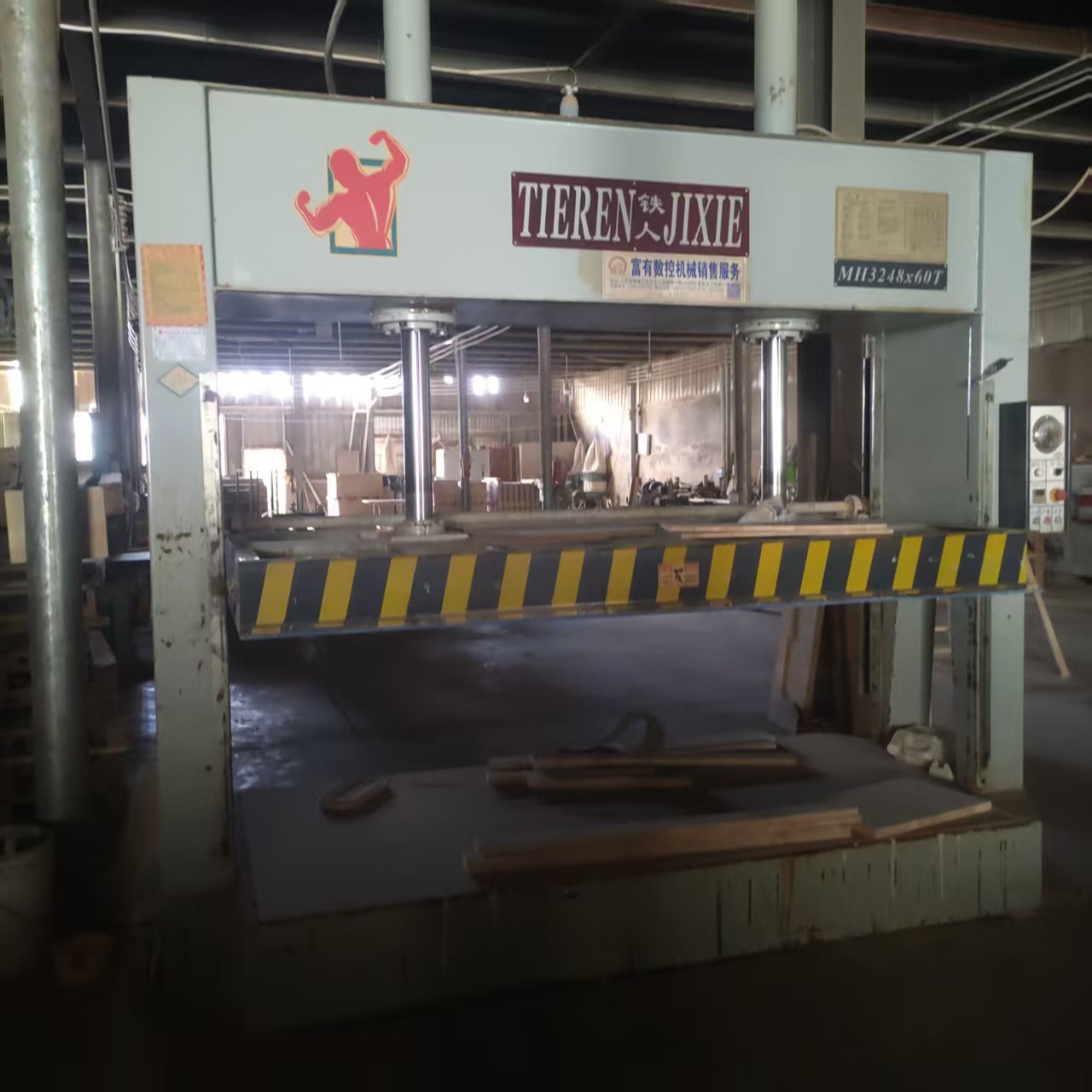📊 1. Market size and growth forecast
Global scale
The global balance board market size will be approximately $1.98 billion to $2.06 billion in 2023 and is expected to reach $2.6 billion to $2.8 billion in 2030, with a compound annual growth rate (CAGR) of 3.91%-7.8% 235.
Proportion of wood balance boards: Due to environmental protection and texture advantages, wood materials (such as North American maple and rubber wood) occupy the mainstream, accounting for more than 30% of the material share in 2023 and is expected to rise to 45% in 2030 25.
Regional growth patterns
Region, Market Share, Growth Highlights, Drivers
35% of North America has a strong demand for leisure and fitness, and outdoor activities in national parks have increased by 10% annually Home fitness is popular, and the demand for rehabilitation and medical care is rising
Europe 30% High-end customization (50% premium for German craftsmanship) ESG compliance requirements (70% FSC-certified wood usage)
Asia-Pacific has the fastest growth rate of 20% (CAGR 8.5%), and China accounts for 40% of the world’s production capacity
Emerging markets 15% Southeast Asia/Latin America has high potential (penetration rate less than 5%) Rising disposable income and increased health awareness 256
🚀 2. Core growth drivers
The need for health and rehabilitation has exploded
With a 15% increase in the number of Pilates users worldwide every year, the balance board is a core training tool that improves core strength, coordination and rehabilitation (e.g., fall prevention training for seniors)27.
Rehabilitation accounts for 25% of the market, with demand for neuromuscular injury treatment driving the market5.
Material innovation and environmental trends
Sustainable wood: FSC-certified rubberwood and maple are mainstream options due to their low cost (1/2 the price of hard maple) and a 40% reduction in carbon footprint57.
Composite structure: Wood core layer carbon fiber edging (such as Shandong Fanyi scheme), compressive strength increased by 40%, cost reduced by 25% 5.
Intelligent technology integration
The interconnection of sensors and apps (e.g., real-time posture correction, data tracking) will improve the user experience, and the proportion of smart boards will increase from 15% in 2023 to 40% in 203017.
AI-tailored training solutions attract younger users and increase retention rates by 50%
⚙️ Third, the trend of product and technological innovation
Diversified functions
Expand from single balance training to yoga, dance, and VR immersion classes to meet the needs of family entertainment17.
The foldable design (covering an area of only 1.5 square meters) has become the first choice for urban users7.
Material and process upgrades
Surface treatment: Waterborne polyurethane coating solves the moisture absorption and deformation of wood, and the service life is extended to more than 8 years 5.
Optimized construction: 24-inch wide tapes, such as Teijin’s production lines, improve productivity and consistency10.
Intelligent ecological integration
Virtual Reality (VR): Simulating surfing and skiing, with a portfolio of $2.2 billion by 20307.
AI coaching: Provides real-time feedback with motion analysis and reduces error rates by 30%1.
🌍 Fourth, the regional market development strategy
Regional Core Strategies Risks and Responses
North America bundles “outdoor smart hardware” (e.g., GPS paddling tracking) Carbon fiber competition (12% year-on-year) requires cost reduction and efficiency increase
European high-end customized ecotourism IP (such as Alpine co-branded models) High labor costs promote the localization of the supply chain in Eastern Europe
China’s cost-effective route (the price accounts for 30% of European and American brands), Southeast Asia has a serious homogeneity of factories, and it is necessary to strengthen the brand premium
Southeast Asia Widespread use of low-cost rubber planks (<$100), capturing the household market Penetration is low (<5%), and the education market is needed 567
🏆 5. Competitive landscape and leading enterprises
Market concentration
CR5 exceeds 50%, and leading enterprises lead innovation:
Indo Board: Traditional wooden board faucet with 35% share in North America6.
BOSU (United States): A pioneer of smart boards, a new integrated sensor product will be launched in 20232.
Fanyi Technology (Middle): Rubberwood Aviation Aluminum, export orders increased by 60% year-on-year 5.
Price tiering strategy
Type Price range Target group Material characteristics
Economy <$1000 Home (Asia-Pacific mainstay) Full rubberwood construction
Advanced $1000-$2000 Fitness Enthusiast Wood Core Carbon fiber reinforcement
Commercial/Premium >$3000 Gym/Rehab Center Hardwood Mix Smart system
⚠️ 6. Challenges and Risks
Cost pressures
The price of high-end wood panels is 2-3 times that of plastic/aluminum, which restricts mass market penetration35.
Solution: Automated production (200% more efficient) Southeast Asia raw material supply chain integration7.
Homogenization of technology
More than 60% of products have similar features, and price wars squeeze margins (gross margins drop to 15-20%)36.
Breakthrough direction: patent barriers (such as Teijin’s wide tape process), binding rehabilitation medical IP10.
Policy and supply chain risks
The EU EPR regulation requires a 30% ≥ of recycled materials, increasing the cost of compliance5.
Import prices for hardwoods such as walnut fluctuated by ±18% (geopolitical implications)7.
💎 7. Strategic recommendations
Short-term (1-3 years):
Technology cost reduction: Promote rubberwood-carbon fiber composite structure to balance performance and price5.
Channel optimization: Strengthen the DTC model (35% online) and reduce intermediate links2.
Medium term (3-5 years):
Intelligent upgrade: Invest in AI VR technology to create an immersive training ecosystem7.
Regional expansion: Set up factories in Southeast Asia to take advantage of rubberwood raw materials (Thailand accounts for 40% of global production)56.
Long-term (more than 5 years):
Binding medical track: Cooperate with rehabilitation institutions to develop fall prevention certification products for the elderly5.
Carbon neutrality pathway: 100% FSC wood application, aiming for a carbon credit premium27.
Summary: The flat belt balance board market will present three major trends: “environmental protection of materials, intelligent functions, and diversified scenes”. Wood products are irreplaceable in the field of high-end and rehabilitation due to their natural texture and sustainable advantages, but they need to cope with carbon fiber competition through composite technology and intelligent integration. Enterprises need to focus on subdivided scenarios (such as silver economy, home fitness), and build moats with technology iteration and supply chain optimization







